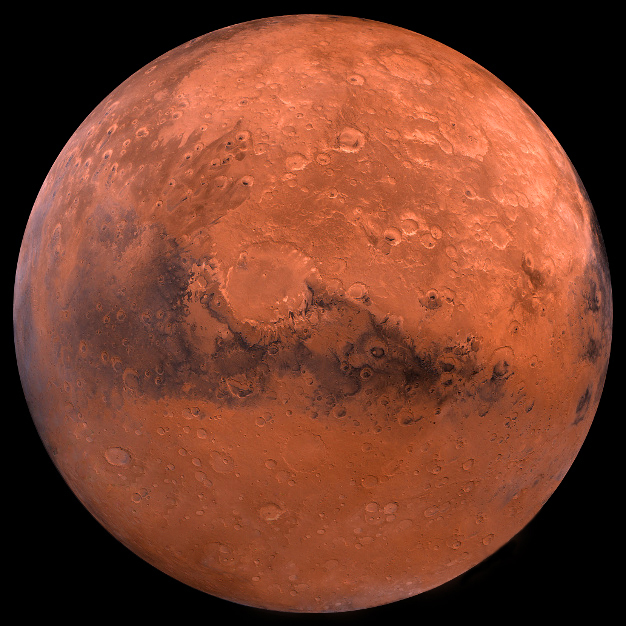
Elon Musk has a Starship, and one day he expects it will help SpaceX reach other worlds.
Standing beneath a towering Starship Mk1, a prototype for SpaceX’s massive reusable launch system, Musk laid out his plan for interplanetary travel at the company’s South Texas test site here on Saturday (Sept. 28) — the 11th anniversary of the first successful orbital launch of SpaceX’s first rocket, the Falcon 1.
The new version of Starship (and its Super Heavy booster) will be able to carry up to 100people to the moon, Mars or other destinations in space or around Earth, he said. It will stand 387feet (118meters) tall and be completely reusable, with quick turnarounds.
This is the rocket that will launch the billionaire Japanese entrepreneur Yusaku Maezawa and a handful of artists on a trip around the moon in the 2020s. SpaceX unveiled that planned space tourist trip last year (but did not disclose how much Maezawa paid).
“This is, I think, the most inspiring thing I have ever seen,” Musk told a crowd of about 200 SpaceX employees, guests and reporters at the company’s site near Boca Chica Village, just outside of Brownsville. “Wow, what an incredible job by such a great team to build this incredible vehicle. I’m so proud to work with such a great team.”
Musk has long said that the main goal of SpaceX, since its founding in 2002, has been to help make humanity a multiplanet species. The company has developed reusable Falcon 9 and Falcon Heavy rockets, as well as reusable Dragon cargo capsules and a new Crew Dragon ship for astronauts. It has launchpads in Florida, California and now Boca Chica, where the company broke ground on its test site in 2014.
But Mars, Musk has said, has remained the true objective.
“This is the fastest path to a self-sustaining city on Mars,” he said Saturday night, referring to the Starship-Super Heavy architecture.
